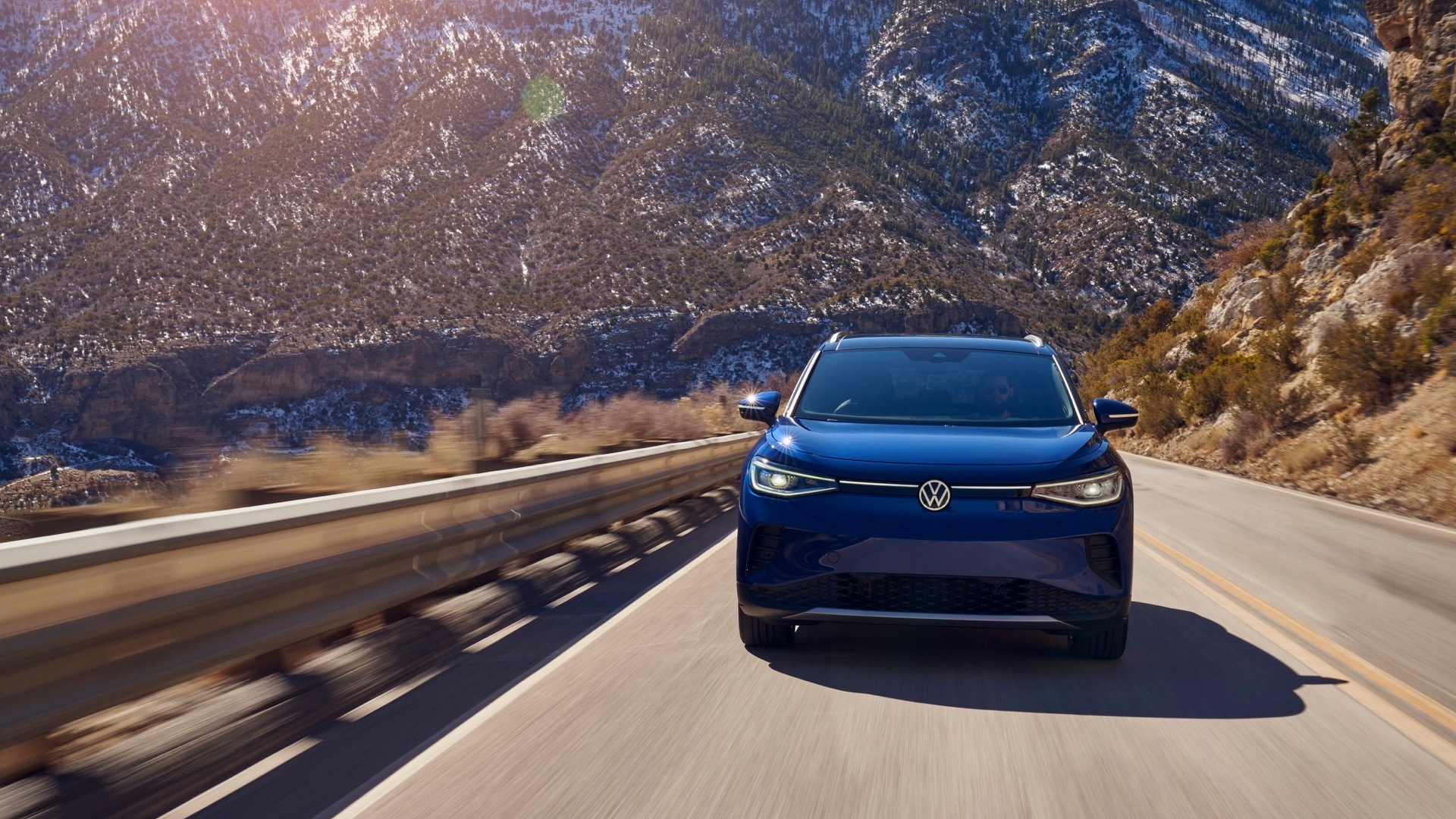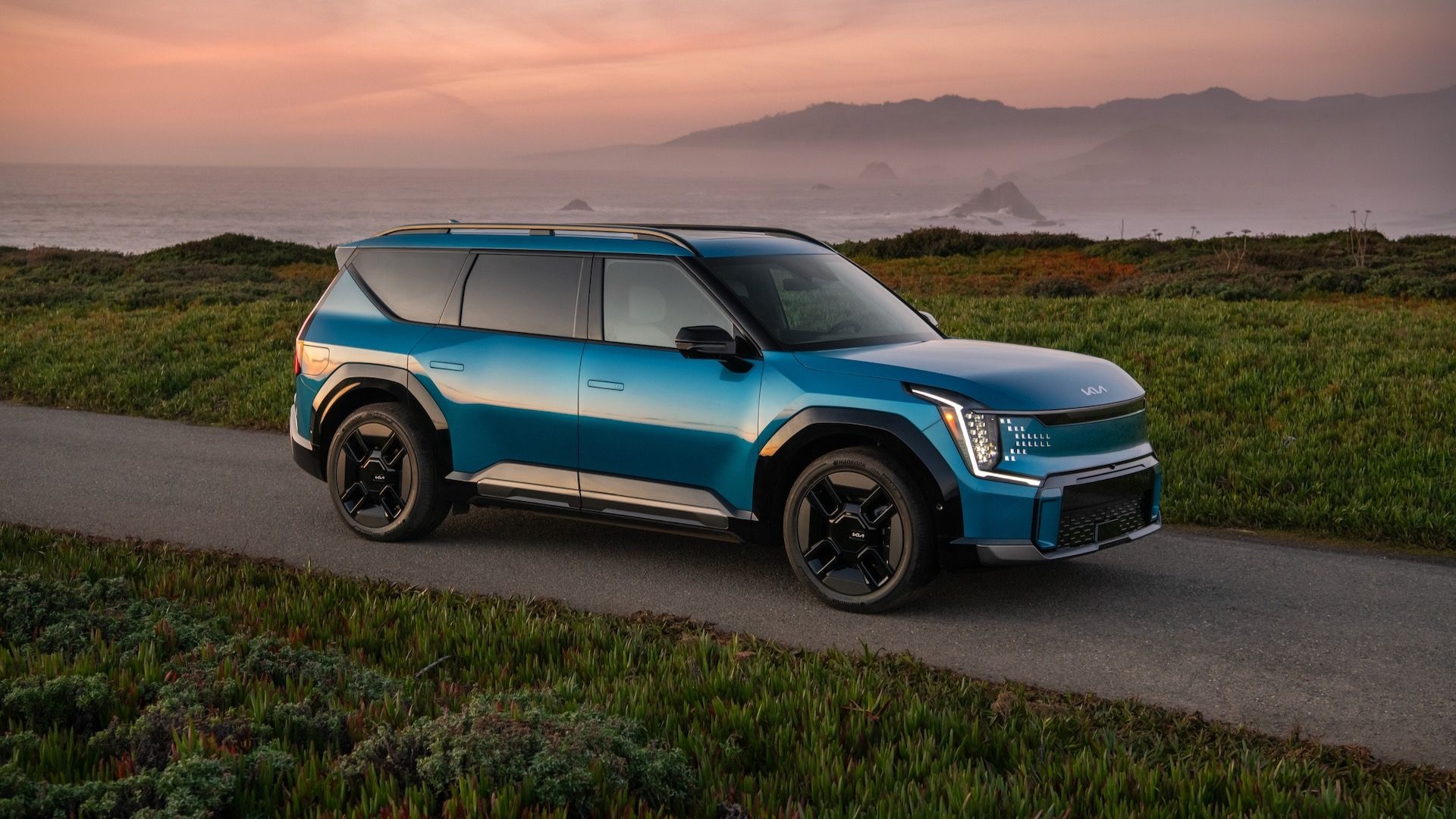The 2021 Volkswagen ID.4 electric SUV is likely to turn many more Americans on to the virtues of EVs.
Based on all the bugs and hiccups we've seen in its interface, it's not perfect. But a short, one-hour drive among some of the San Francisco Bay Area’s hilly backroads and a stretch on the highway, was enough to confirm some first suspicions and impressions regarding the ID.4, and we came away more confident about its mission.
Read this rundown of 2021 VW ID.4 hits and misses for more up-close takeaways on the ID.4, after we've spent a little more time with this important EV, or read on for those first impressions.
It’s not quick, but that’s okay
The single-motor versions of the ID.4 that will arrive first make 201 horsepower and 228 pound-feet of torque, with that power delivered by a single electric motor at the rear wheels. A dual-motor, all-wheel drive version with 312 hp is slated for later and that one is sure to be the much quicker of the two.
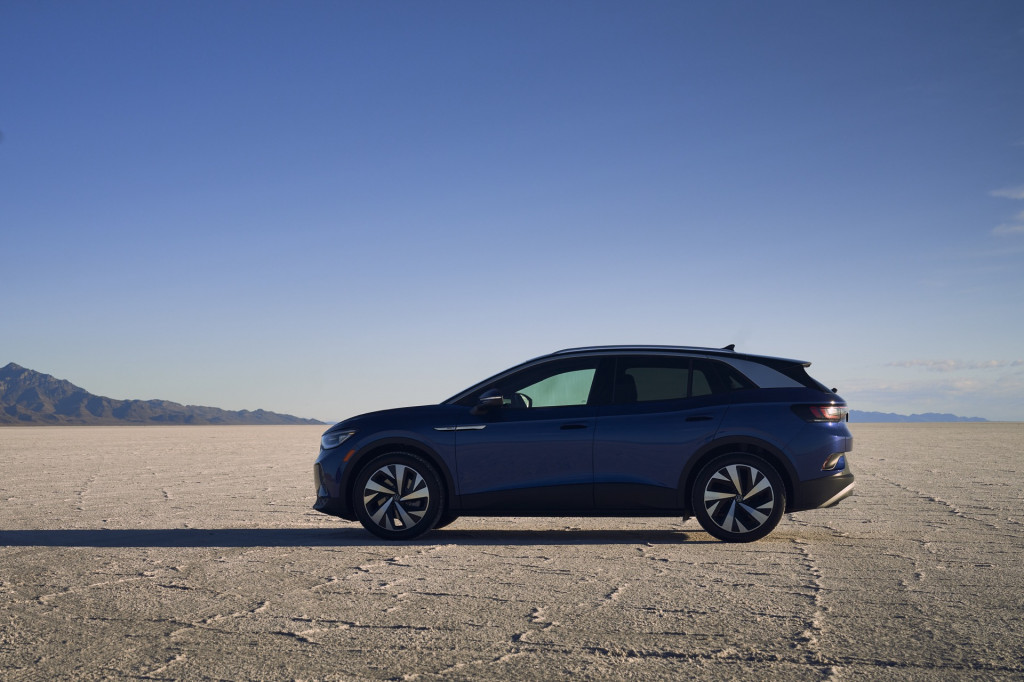
2021 Volkswagen ID.4
With a roughly estimated 0-60 mph time of around eight seconds, the ID.4 doesn’t make any claims to be a speed demon like some of its other battery-electric SUV counterparts that are busy over there having some kind of a measuring contest. There isn’t the same head-snapping acceleration off-the-line in the ID.4, it eases into motion though it isn’t slow by any means. The throttle is still plenty responsive in all of its drive modes and there was enough power to get the SUV where you want it on highway merges.
Where the ID.4 shines is its handling and ride dynamics. Volkswagen’s last full battery-electric car in the U.S., the e-Golf, was pretty great to drive though it suffered from range issues. It also had an unimpressive 0-60 mph time, but made up for it with precise handling and a road demeanor that was firm enough for fun, but comfortable enough for everyday use. The same thing could be said for the ID.4. Even though it’s nominally an SUV and sits higher than the e-Golf, it exhibited impressive flatness and balance in corners, likely thanks to the new platform and its low center of gravity (thanks batteries).
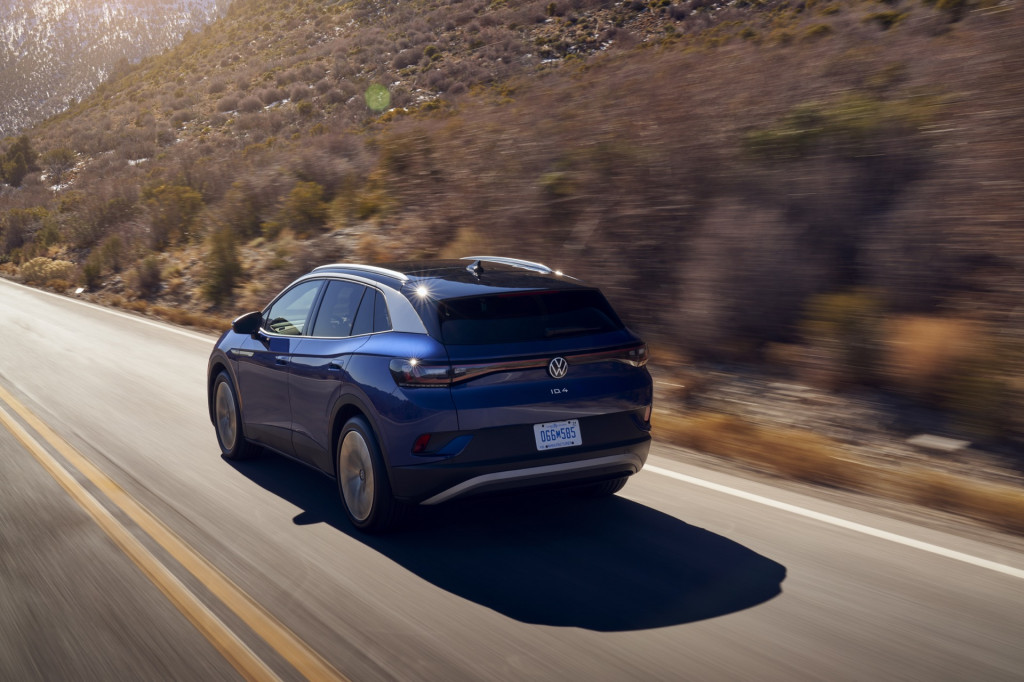
2021 Volkswagen ID.4
Of the ID.4’s drive modes my preference was the custom mode—with everything set to Comfort except for the steering, which I turned to Sport to add some weight to it. Without the robust acceleration figures, the ID.4 won’t offer the same hijinks that the Ford Mustang Mach-E and the Tesla Model Y promise, but it’s still an enjoyable steer. And its 0-60 mph time puts it more in line with the ICE compact SUVs that Volkswagen says the ID.4 is supposed to compete against.
Range performance
The ID.4’s official range ratings were released last week, 250 miles for both the Pro S and First Edition models with an efficiency rating of 35 kwh per 100 miles (or for those of you used to miles per kwh, that’s 2.9). An hour long drive wasn’t enough to get a full sense of how that range figure works in the real world but I can report that my drive covered around 30 miles, yet I started with a predicted 165 miles of range and ended with an anticipated 148 miles.
I drove about half of the time in drive and half in “B,” which turns up the regenerative braking. The regenerative mode is pretty non-intrusive, it feels more like the “B” mode in a traditional parallel hybrid rather than a battery-electric, the ID.4 won’t offer the same kind of one pedal driving you find in other vehicles. And there’s no way to alter the amount of regenerative braking that the ID.4 uses, strangely.
Don’t tell me, show me
When I saw the earlier ID.4 prototype in Los Angeles, I got a long disclaimer about the multimedia system not being ready, that it was being worked on, and would be ready for launch. Fast forward nearly a couple months and I got another disclaimer for the newer prototype, though it was not quite as long. The system lags heavily on startup—“give it a few minutes to warm up,” I was told—and that not all of the features are ready yet, including Android Auto.
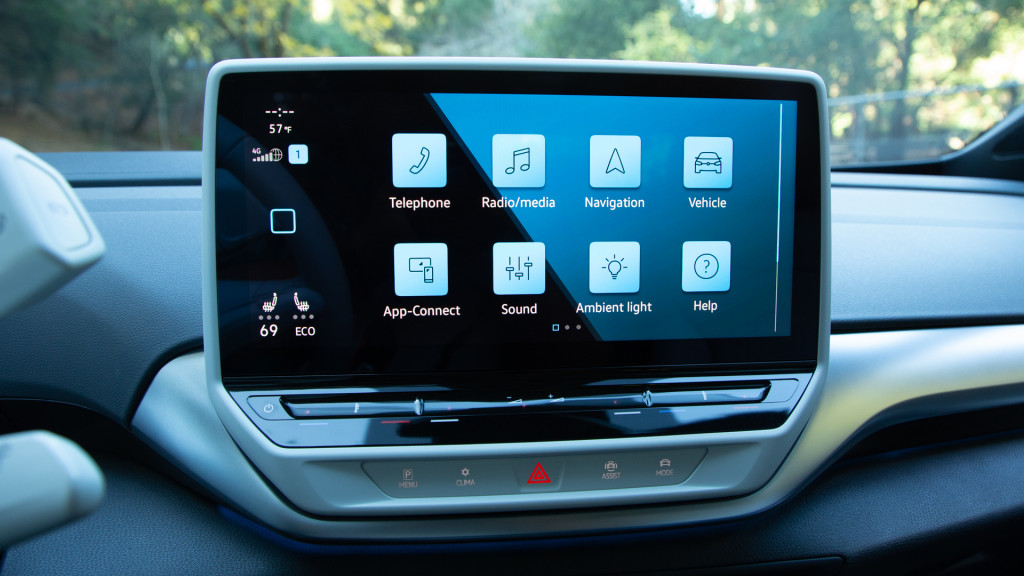
Volkswagen ID.4 prototype - California, December 2020
After the ID.4 took a few minutes to get its bearings, I took a deeper dive into its multimedia system via the 12-inch touchscreen. It moves to a more smartphone-esque interface, like an iPhone laid on its side. There’s a home button on the left side to take you back to the root menu, a screen with large icons for the vehicle’s various functions. Swipe right and there are two other home screens with “widgets” that can be customized to display your most used functions or other information.
Similar to the forthcoming Nissan Ariya, the ID.4 looks to get rid of most of the buttons on the dashboard. There are three touch-sensitive sliders below the screen for temperature and volume controls, flanked by a power button on the left side. Below that are four touch-sensitive buttons, which bring up their respective uses on the touchscreen.
As a temperature fiddler, I’m wary of putting all of those controls onto the screen, but this integration was fine. It’s fairly easy to get around the screens and there are six “Smart Climate” settings for quick reference, though it does take a few too many screen presses to find the fan speed.
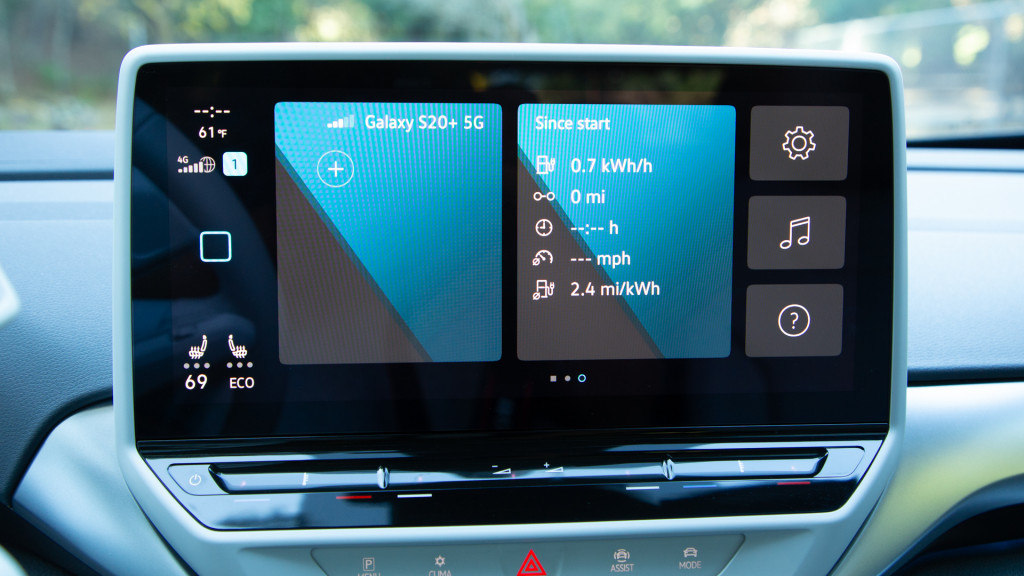
Volkswagen ID.4 prototype - California, December 2020
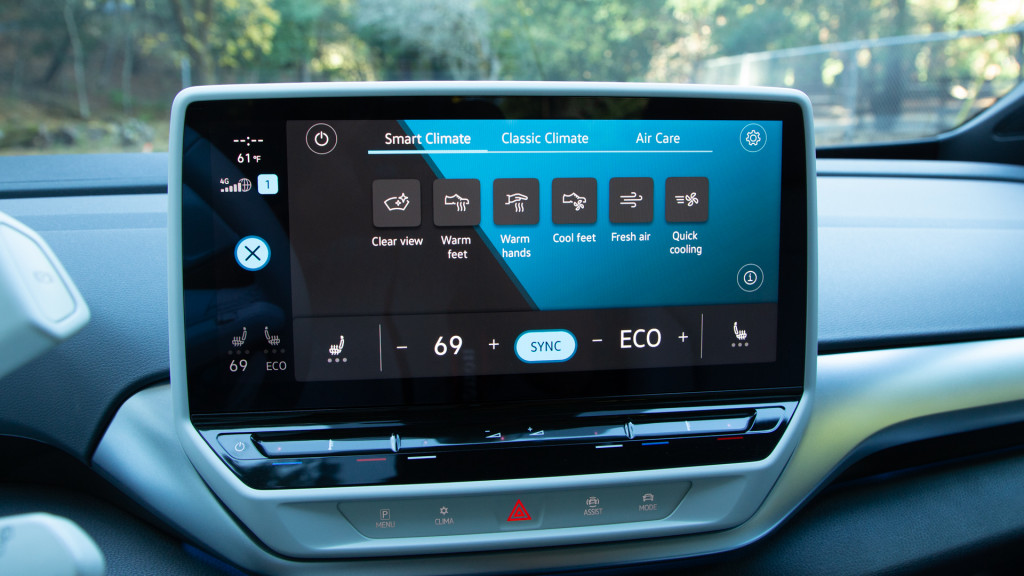
Volkswagen ID.4 prototype - California, December 2020
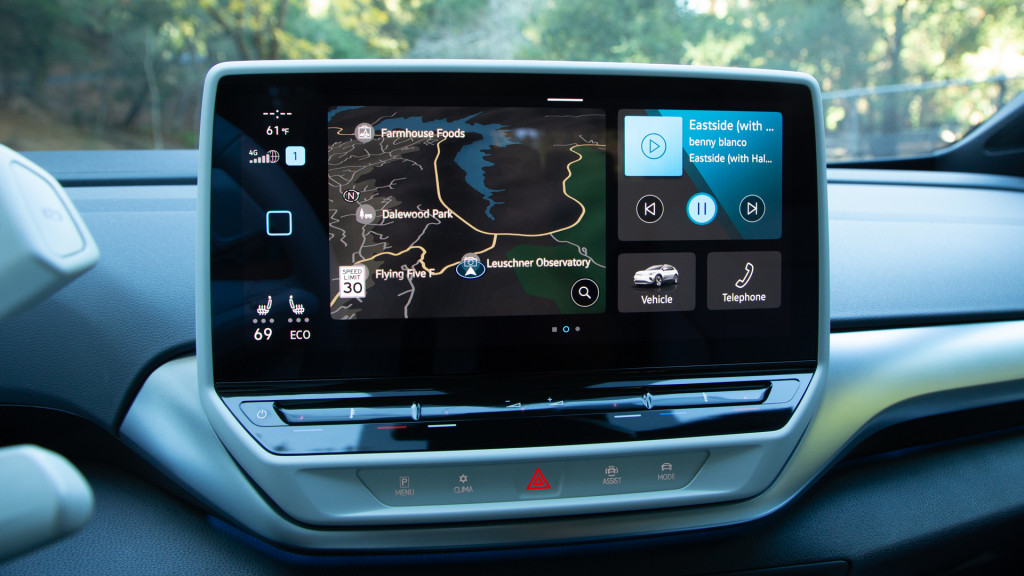
Volkswagen ID.4 prototype - California, December 2020
The system is an improvement over what Volkswagen currently offers, but this is more of a new version of that software than anything revolutionary. If the smartphone connectivity and laggy startup issues can be solved before launch, then the ID.4 will be fine. But if those persist, or if features that were promised are missing like the ID.3 launch in Europe, then it will be hard to give the ID.4 a whole-throated recommendation. There’s still work to be done.
Though the big central screen has gotten more attention, I much more enjoyed the smaller 5.3-inch screen that replaces the traditional gauge cluster. It is not very customizable, but it’s the right size to be digested easily and quickly by the driver. Volkswagen also smartly mounted the screen to the steering wheel column, so it can be seen no matter where you like to have the wheel when you drive. If it had been mounted on the dash, it would have been too easy for the steering wheel to cut off a decent portion of the gauge.
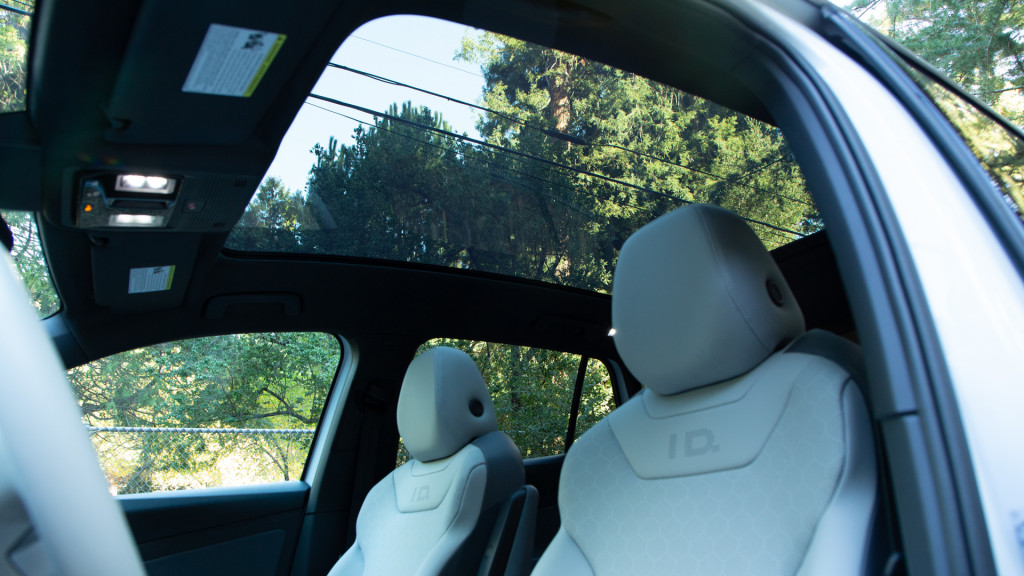
Volkswagen ID.4 prototype - California, December 2020
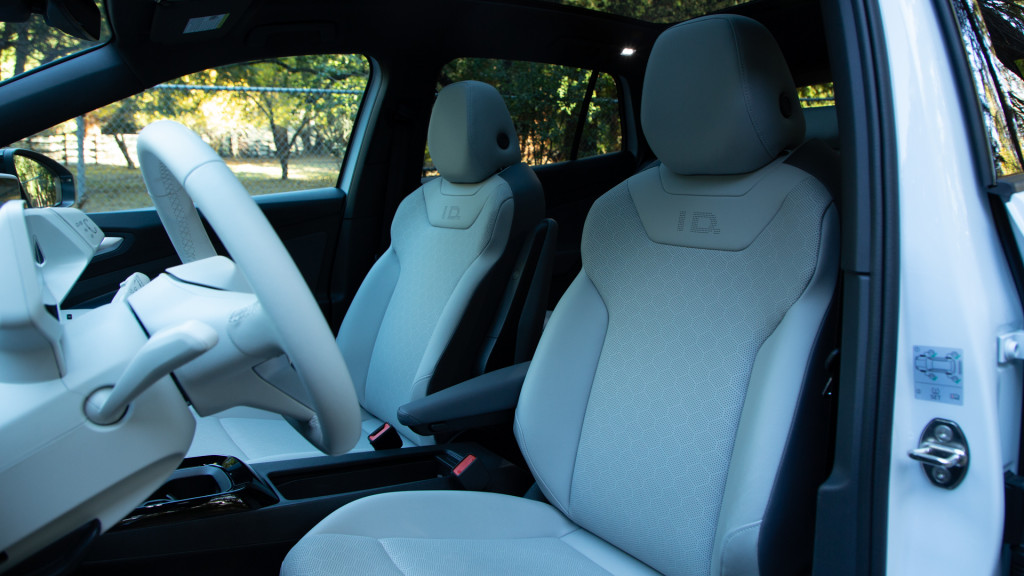
Volkswagen ID.4 prototype - California, December 2020
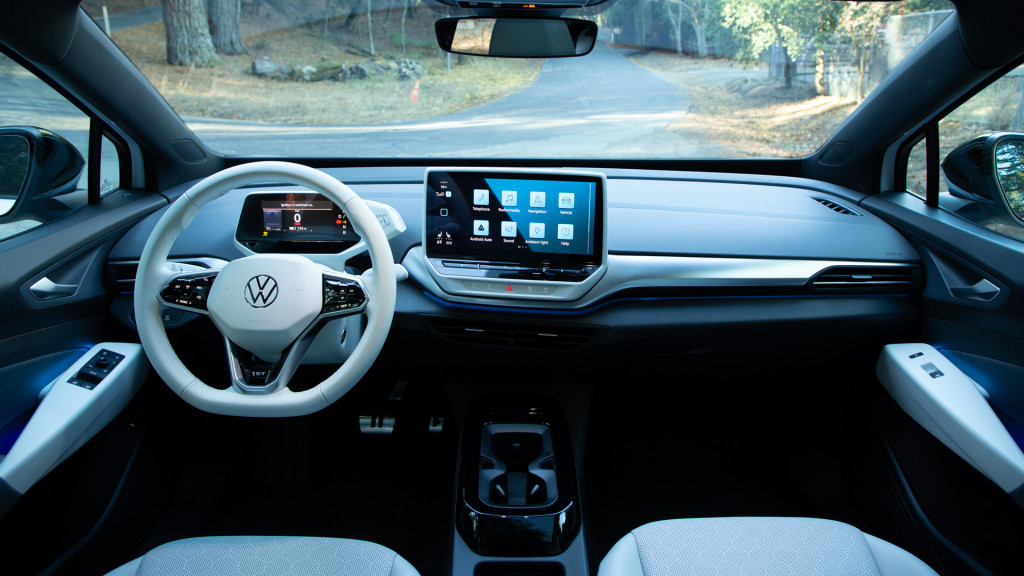
Volkswagen ID.4 prototype - California, December 2020
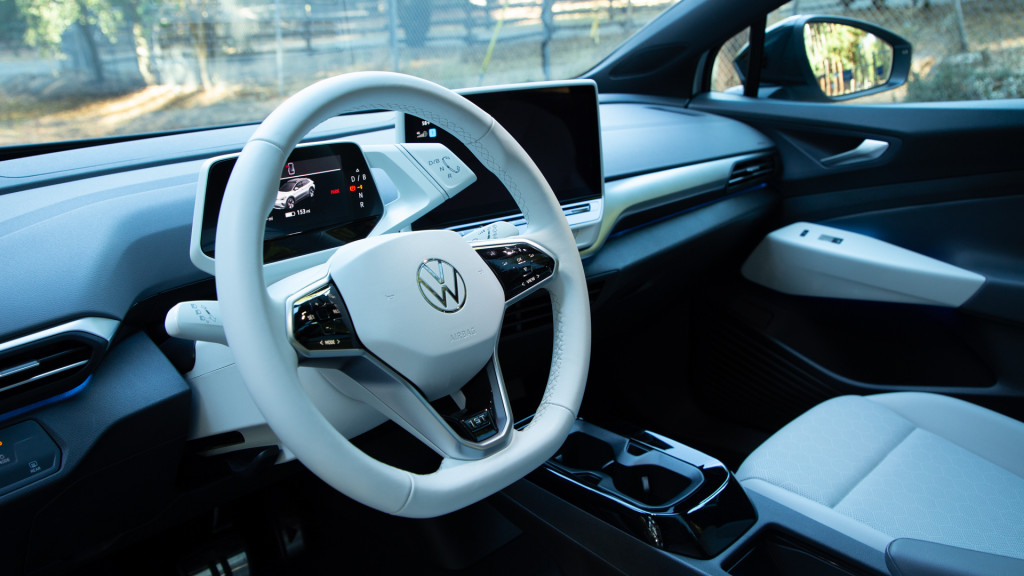
Volkswagen ID.4 prototype - California, December 2020
The rest of the interior I very much like. It’s roomy and has great sightlines from each of the seats. Even though it’s a RWD vehicle and much of the electric hardware is found up front (no frunk on the ID.4), there’s no seat hump in the rear so you can fit three passengers more comfortably for a short trip. There are lots of plastics used around the interior space, but they have texture and look more expensive than they probably are. That kind of detail matters.
At the goal line
The 2021 ID.4 is almost there. With its release date fast approaching, enough progress was made that I am feeling more confident that it will be ready than I did in September. The software has made progress and a fully realized version of it will make a better showing. Volkswagen will also perform over-the-air updates on the ID.4, so hopefully those can be used to sort out any lingering issues quickly.
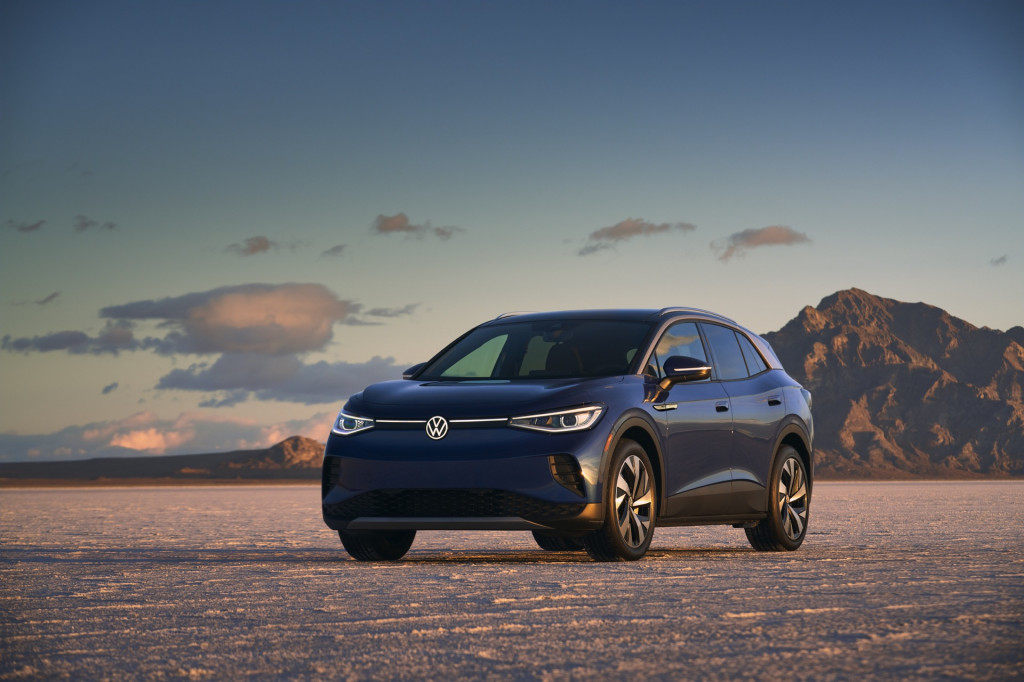
2021 Volkswagen ID.4
Some bad news: The 1st Edition trim that I tested was limited to 2,000 units and those have already been sold out. The fastest way to get an ID.4 now will be to order a Pro S in RWD guise, those will arrive after the 1st Edition and before the AWD models later in 2021. Those models won’t offer the same kind of discount on options packages the 1st Edition does however.
Ultimately, the ID.4 feels like it’s of two worlds: there is a lot of EV in the way it drives, but it’s all at a non-Ludicrous pace that’s more like that of its ICE counterparts. I very much like how the ID.4 drives and I liked how its interior packaging incorporates both form and function into a very usable space that families will appreciate. Once those multimedia gremlins can be expunged, the ID.4 will hold a lot of appeal (especially while VW still has tax credits to offer) for compact SUV buyers who would not have previously considered going electric.
--
This piece was originally published on December 7, 2020.

